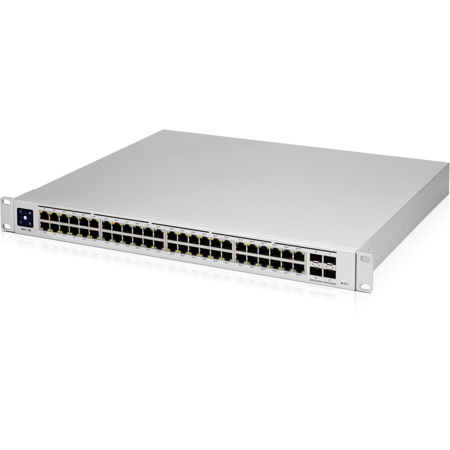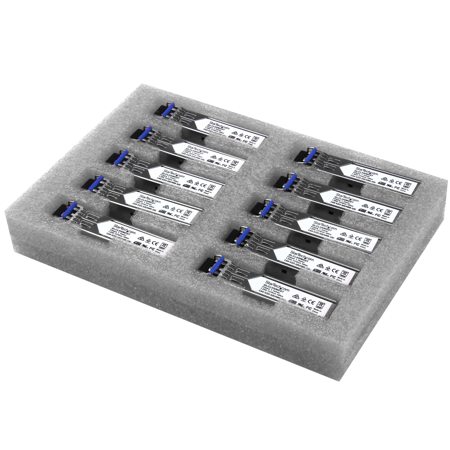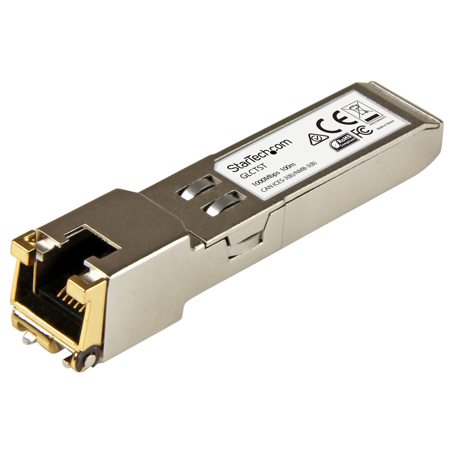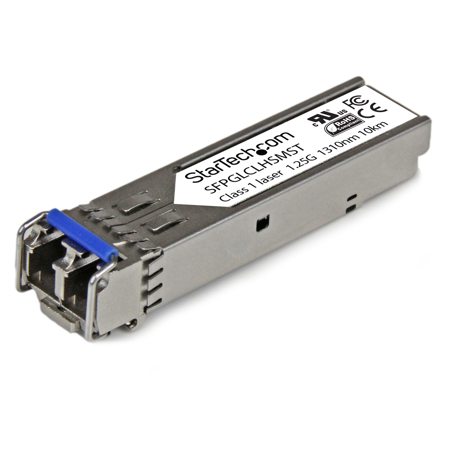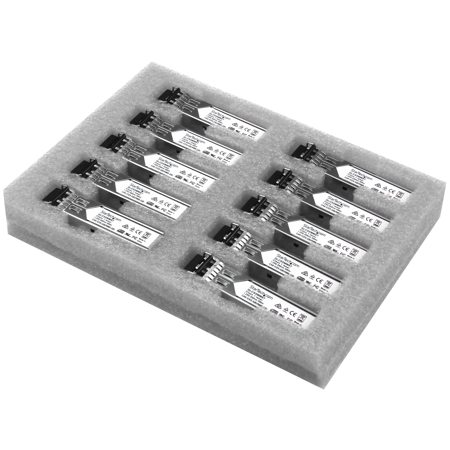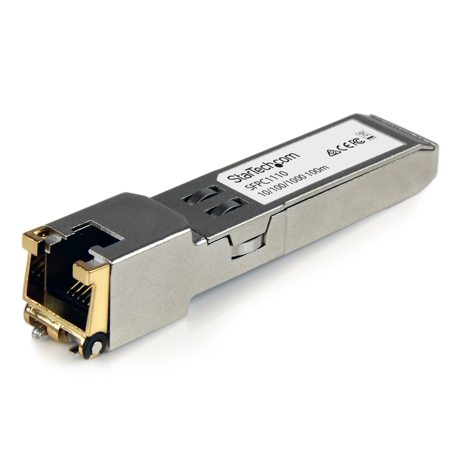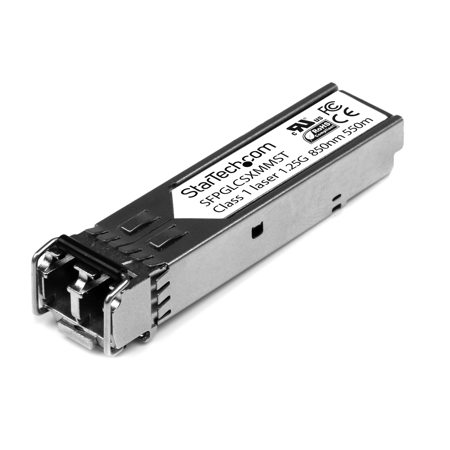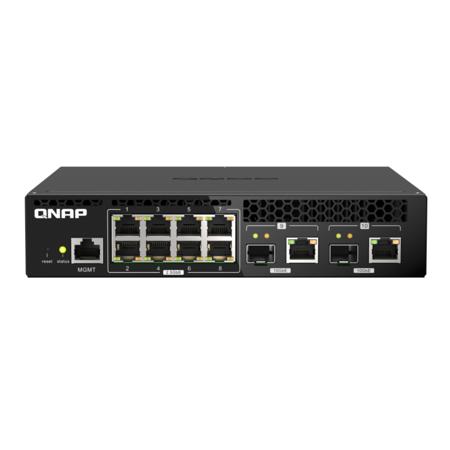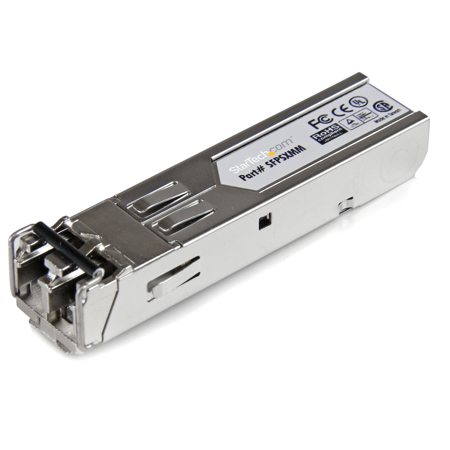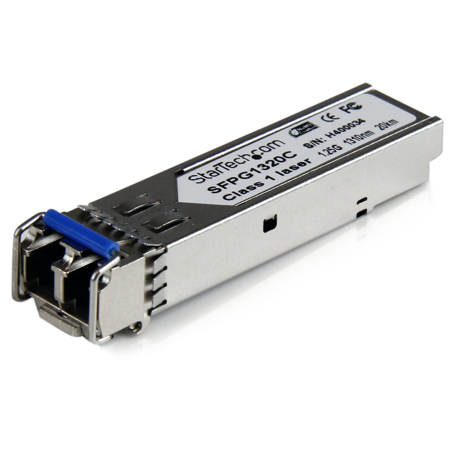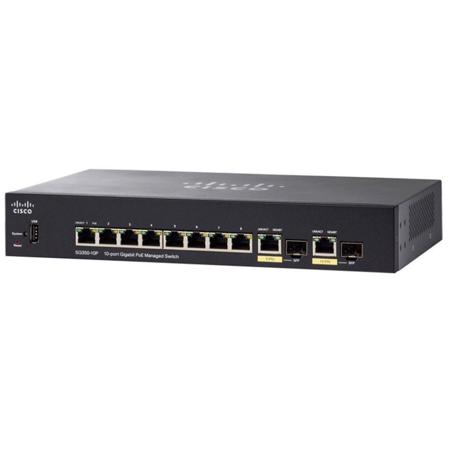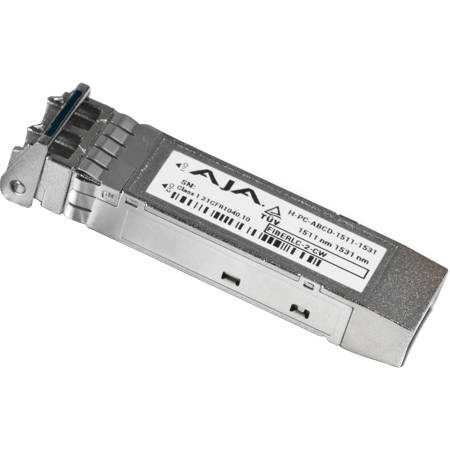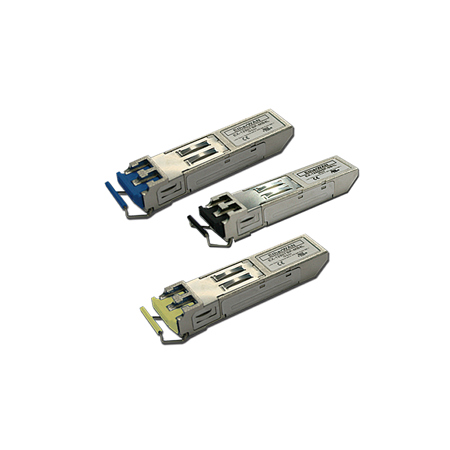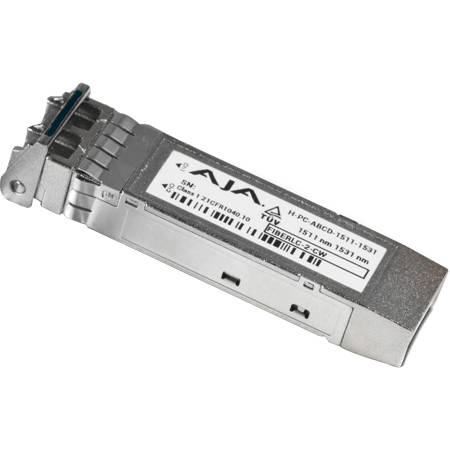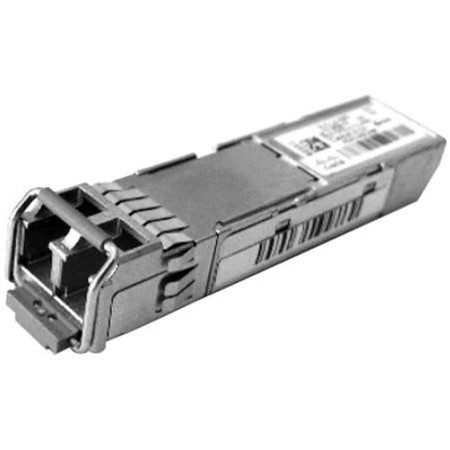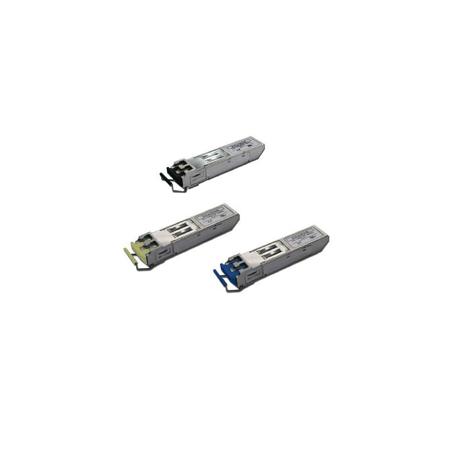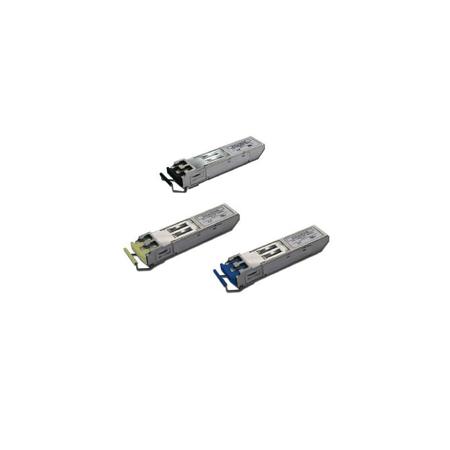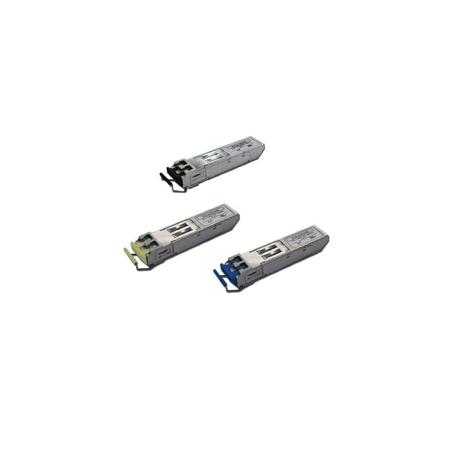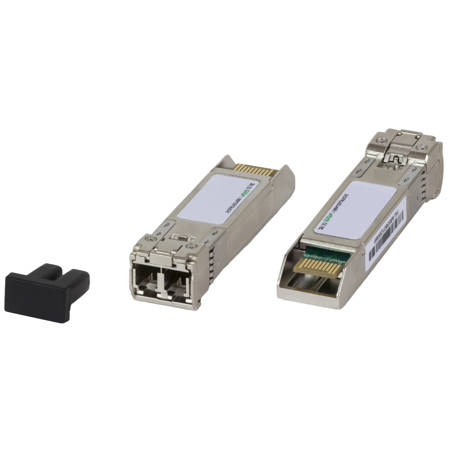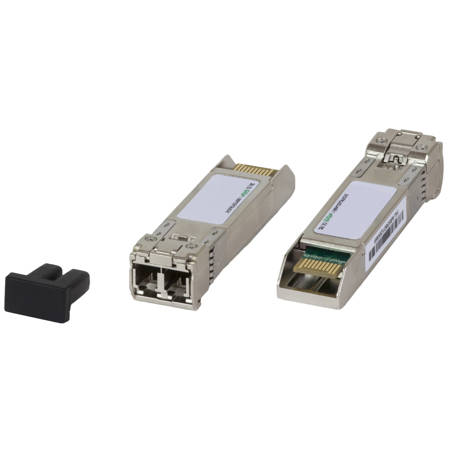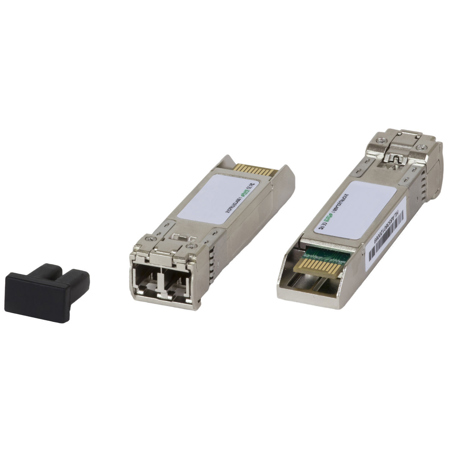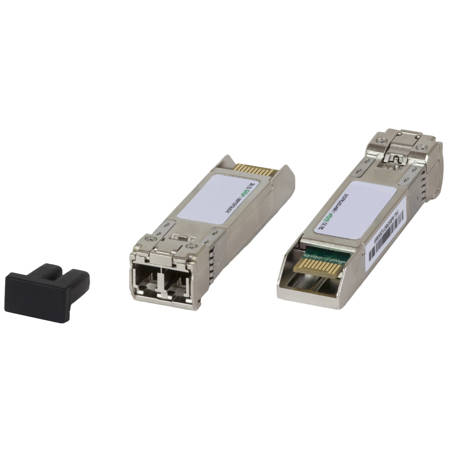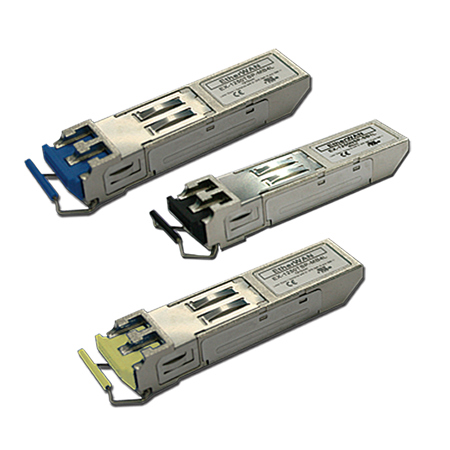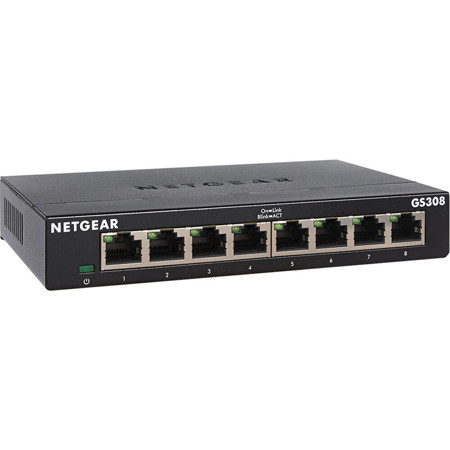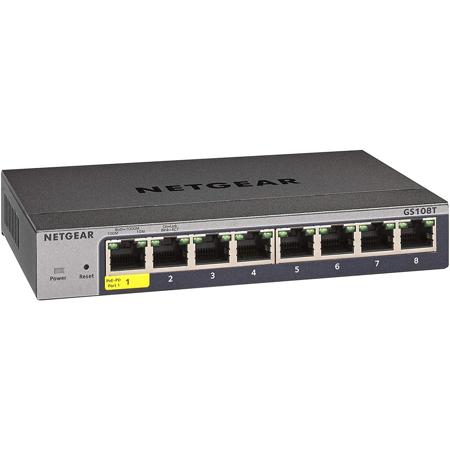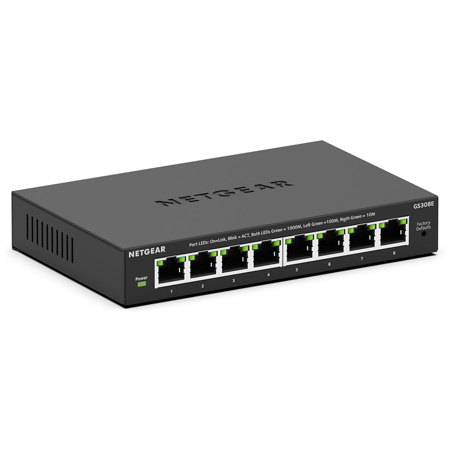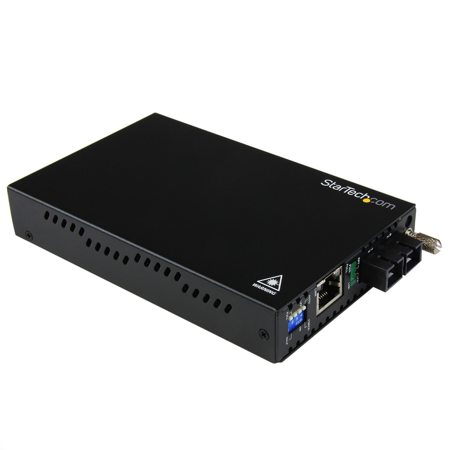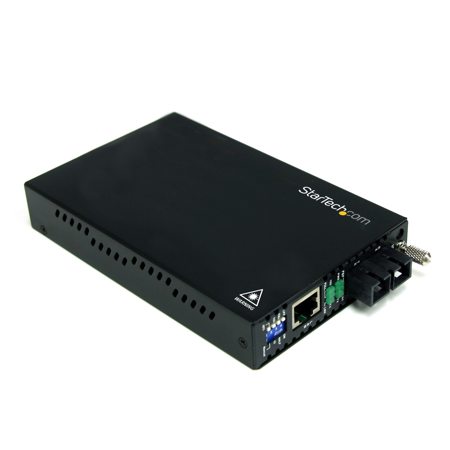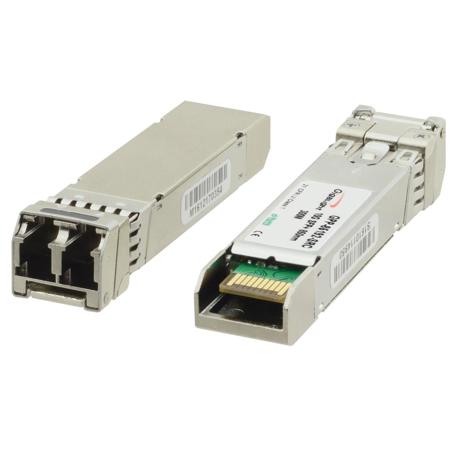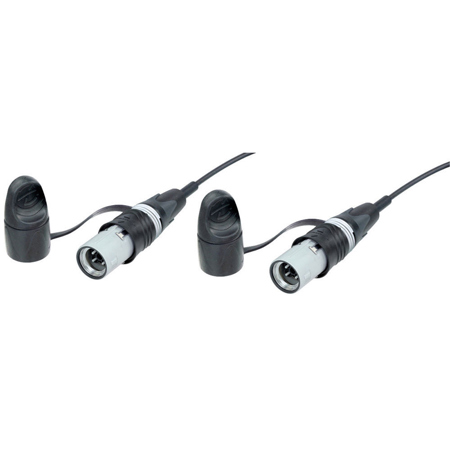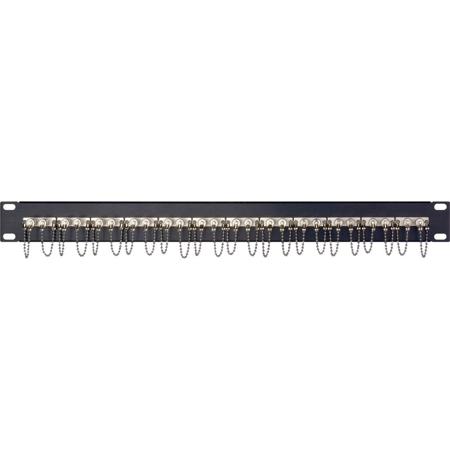SFP Modules For Network Switches
When planning or upgrading a network, SFP modules for network switches are a cornerstone of adaptable, high-performance connectivity. These compact, hot-swappable transceivers are engineered for seamless integration into switch SFP ports, enabling robust data transmission over both fiber optic and copper cables. Whether you’re overseeing a bustling data center, a sprawling campus network, or a dynamic office environment, the right network SFP module empowers you to tailor your infrastructure to specific speed, distance, and media requirements. As autumn brings a surge in IT projects and infrastructure refreshes, the flexibility of SFP modules becomes even more valuable. With the ability to support various data rates — from 1 Gbps to 10 Gbps and beyond — and accommodate both single-mode and multimode fiber, these modules are essential for organizations scaling up to meet seasonal demands or preparing for end-of-year initiatives. Their hot-swappable design means that installations, upgrades, or replacements can happen without disrupting network operations, minimizing downtime during critical periods and allowing for efficient maintenance even as workloads intensify.
Selecting the ideal SFP module involves a careful assessment of your network’s current and future needs. For short-range connections within server rooms or wiring closets, multimode fiber modules provide reliable performance and cost efficiency. For longer distances, such as connecting buildings across a campus or linking remote data centers, single-mode fiber modules ensure data integrity over several kilometers. Copper SFP modules are perfect for legacy infrastructure or environments where fiber is impractical. Compatibility is paramount: always confirm that your chosen SFP module matches the switch’s supported data rates, physical port specifications, and network protocols. Look for modules that adhere to MSA (Multi-Source Agreement) standards to maximize interoperability across different brands and devices. In industrial or outdoor settings, opt for ruggedized, temperature-hardened modules designed to withstand extreme conditions, ensuring reliable operation through seasonal temperature swings. Network administrators value the scalability SFP modules provide, allowing incremental upgrades as bandwidth requirements grow or new technologies emerge. This makes them not only a smart long-term investment for IT departments but also a thoughtful gift for tech professionals, system integrators, or anyone passionate about building resilient, future-ready networks.
Beyond technical specifications, the practical benefits of SFP modules shine in everyday network management. Picture a scenario where a team needs to quickly ramp up bandwidth for a high-stakes video production or a large-scale live event — being able to swap out modules on the fly, without powering down switches, keeps operations running smoothly. The modular approach also simplifies inventory management; keeping a selection of SFP modules on hand means you’re prepared for unexpected upgrades or repairs. As organizations increasingly demand flexible, scalable solutions, the role of the network SFP module continues to expand, bridging the gap between legacy systems and next-generation performance. For those exploring the full range of options, including the latest high-speed models, our dedicated page for Gigabit Ethernet Sfp Modules offers a curated selection designed to meet diverse networking needs. Whether you’re optimizing a corporate backbone, upgrading campus connectivity, or building out a home lab, SFP modules deliver the reliability and adaptability that modern networks require — all while supporting smooth transitions and growth through every season.
Selecting the ideal SFP module involves a careful assessment of your network’s current and future needs. For short-range connections within server rooms or wiring closets, multimode fiber modules provide reliable performance and cost efficiency. For longer distances, such as connecting buildings across a campus or linking remote data centers, single-mode fiber modules ensure data integrity over several kilometers. Copper SFP modules are perfect for legacy infrastructure or environments where fiber is impractical. Compatibility is paramount: always confirm that your chosen SFP module matches the switch’s supported data rates, physical port specifications, and network protocols. Look for modules that adhere to MSA (Multi-Source Agreement) standards to maximize interoperability across different brands and devices. In industrial or outdoor settings, opt for ruggedized, temperature-hardened modules designed to withstand extreme conditions, ensuring reliable operation through seasonal temperature swings. Network administrators value the scalability SFP modules provide, allowing incremental upgrades as bandwidth requirements grow or new technologies emerge. This makes them not only a smart long-term investment for IT departments but also a thoughtful gift for tech professionals, system integrators, or anyone passionate about building resilient, future-ready networks.
Beyond technical specifications, the practical benefits of SFP modules shine in everyday network management. Picture a scenario where a team needs to quickly ramp up bandwidth for a high-stakes video production or a large-scale live event — being able to swap out modules on the fly, without powering down switches, keeps operations running smoothly. The modular approach also simplifies inventory management; keeping a selection of SFP modules on hand means you’re prepared for unexpected upgrades or repairs. As organizations increasingly demand flexible, scalable solutions, the role of the network SFP module continues to expand, bridging the gap between legacy systems and next-generation performance. For those exploring the full range of options, including the latest high-speed models, our dedicated page for Gigabit Ethernet Sfp Modules offers a curated selection designed to meet diverse networking needs. Whether you’re optimizing a corporate backbone, upgrading campus connectivity, or building out a home lab, SFP modules deliver the reliability and adaptability that modern networks require — all while supporting smooth transitions and growth through every season.
